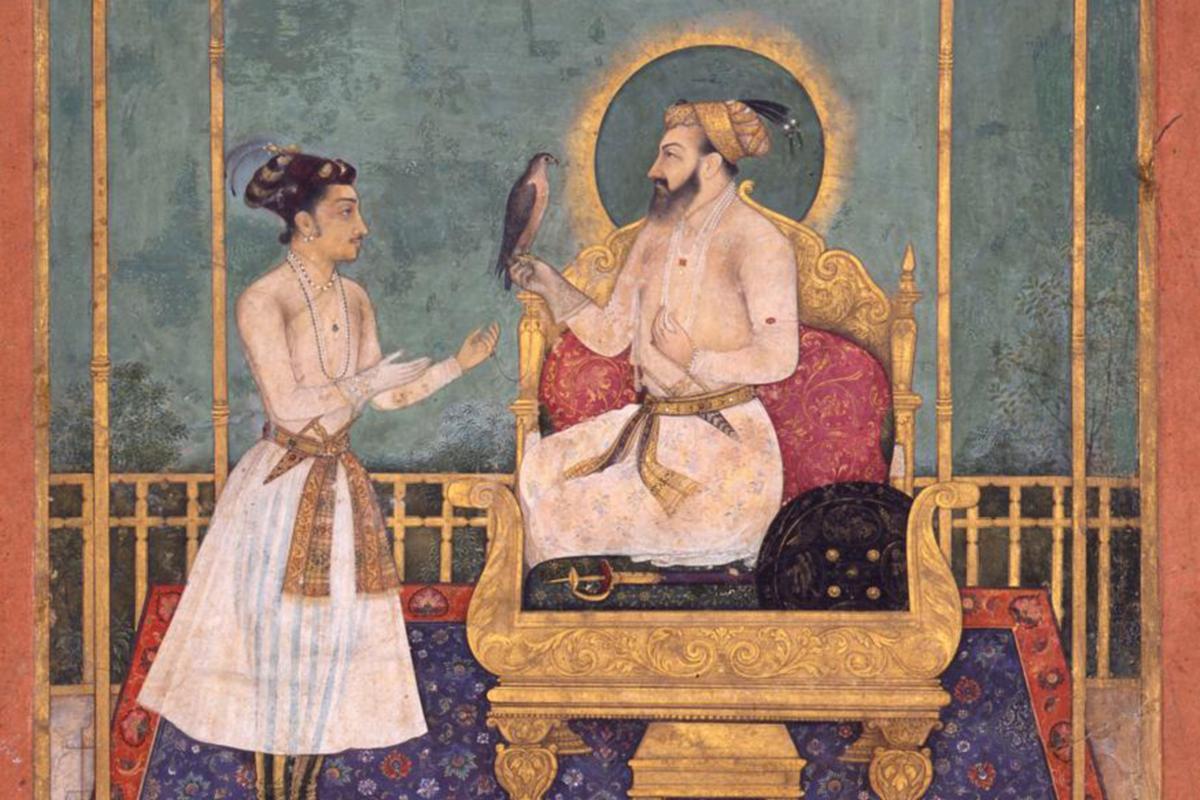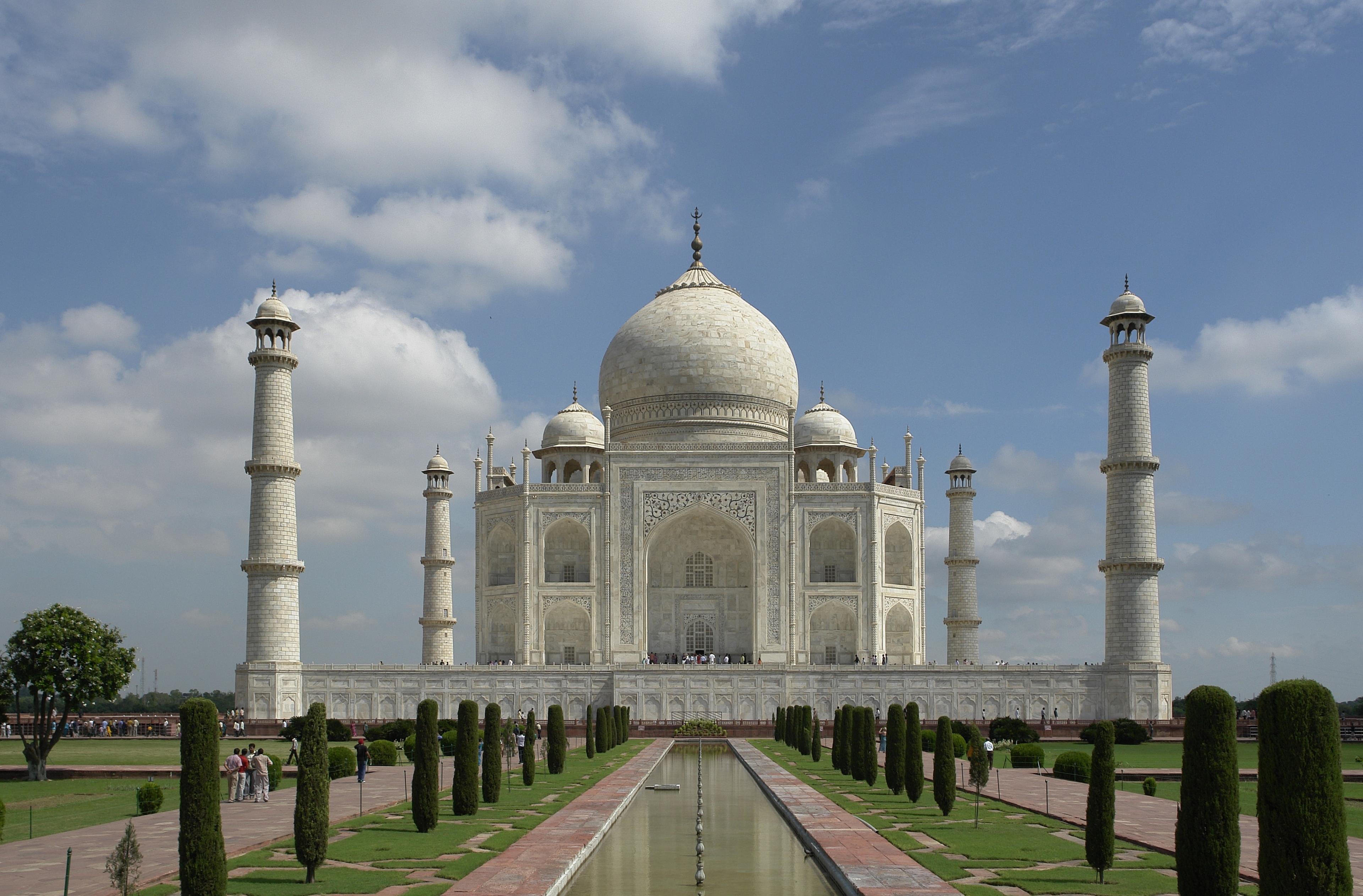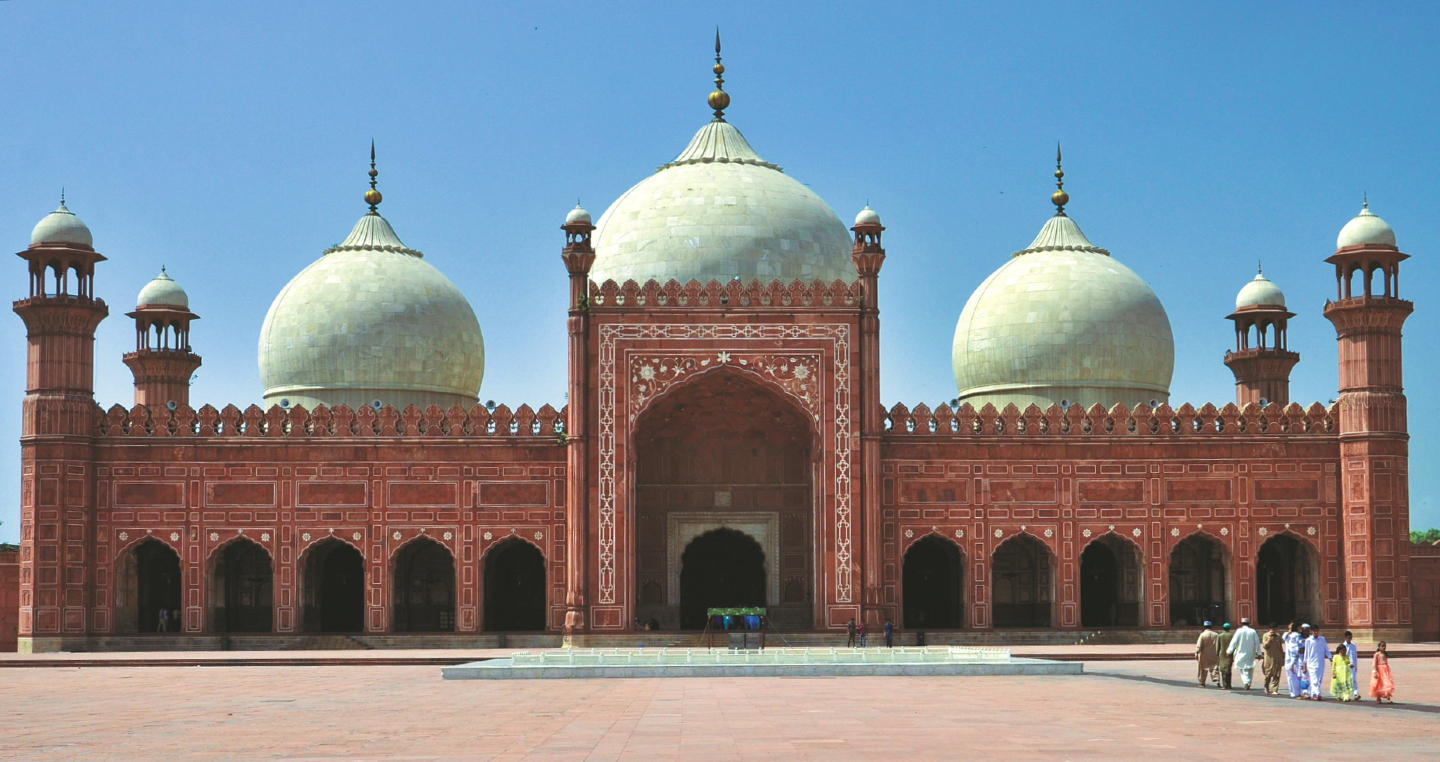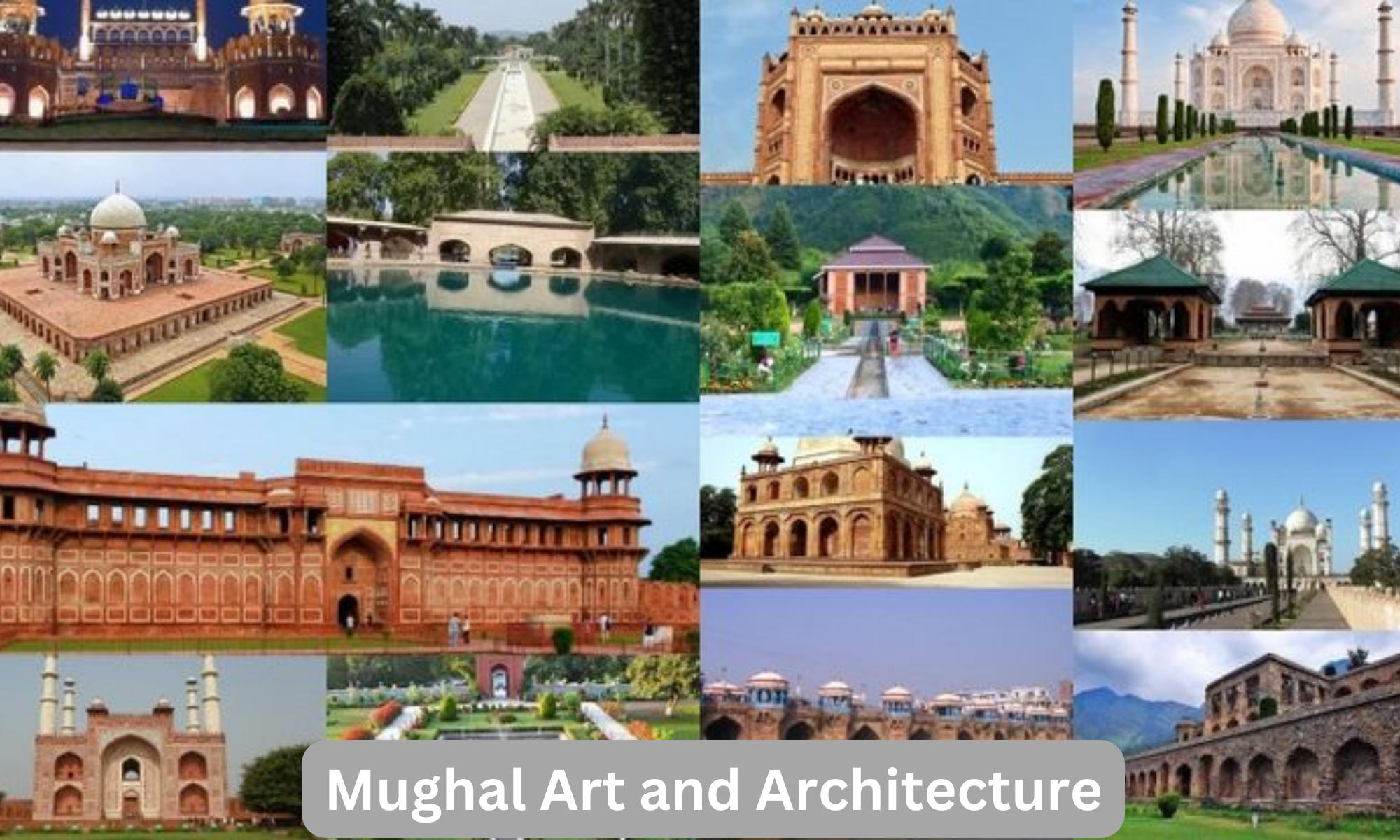Mughal Art and Architecture
Throughout the Mughal empire, the distinctive Mughal art and architecture flourished on the Indian subcontinent. With the Battle of Panipat in 1526, the Mughal dynasty was created. And following Babur, every monarch developed a keen interest in Mughal architecture. The art and architecture of the Mughals enjoyed fervent support.
Buy Prime Test Series for all Banking, SSC, Insurance & other exams
In the Indian subcontinent, Indo-Islamic architecture was built by the Mughals. They enhanced or refined prior dynasties’ architectural styles, which combined Islamic, Persian, Turkish, and Indian architecture. The height of architecture was reached during this era, and numerous new structures, including tombs, were constructed with extraordinary aesthetic vision and inspiration.
Mughal Art
Jahangir, the son of Akbar, the creator of the Mughal empire and a passionate supporter of the arts, took the throne after his father. Jahangir, who had his own atelier in Allahabad and had high artistic standards, preferred a single painter to work on an image over the group effort that was common during Akbar’s era. Also, he favoured realistic portraiture and Europeanized topics, and he promoted rigorous plant and animal investigations.

Jahangir commissioned a variety of books, from historical to literary, including an illustrated edition of the Tuzuk-i Jahangiri, his reign’s memoirs, as well as literary masterpieces like the Razmnama. Nonetheless, richly produced volumes with paintings and calligraphy examples placed on pages with ornate borders and bound with stamped, gilded, or painted covers are more typical from his era.
Delhi Sultanate Art & Architecture
Mughal Art: Mughal Paintings
- Mughal painting is a type of paper painting that is only used for miniatures, either as book illustrations or as solo pieces to be stored in albums (muraqqa), and originates from the South Asian region that was once home to the Mughal Empire.
- It was inspired by Persian miniature painting and evolved in the Mughal Empire’s court between the 16th and 18th centuries.
- Paintings have regularly featured battles, legends, hunting scenes, animals, royal life, mythology, and other subjects.
- The Muslim Mughal kings are credited for spreading both the faith and Muslim (and particularly Persian) arts and culture throughout South Asia.
- Realistic portraiture was instantly given far more attention in Mughal painting than it was in Persian miniatures.
- Several miniatures for albums had more accurate depictions of animals and flora as their primary theme.
- Although many old Persian and Indian works of literature continued to be illustrated, the Mughal emperors’ penchant for keeping diaries or memoirs, which was started by Babur, gave rise to some of the most ornately painted writings, including the Padshahnama genre of official histories.
Portraits, events and scenes from court life, wild life and hunting scenes, and depictions of conflicts are only a few of the many subjects. A modified version of the Persian convention was followed, continuing the Persian custom of bordering the primary image with elaborate decorations.
Gupta Empire Art And Architecture: Know About Gupta Art and Architecture
Mughal Architecture
The Mughals created this style of Indo-Islamic architecture during the 16th, 17th, and 18th centuries as their empire expanded and contracted across the Indian subcontinent. It evolved from Iranian and Central Asian architectural traditions, particularly Timurid architecture, as well as earlier Muslim rulers’ architectural styles from India. Mughal buildings have a uniform pattern of structure and character, including large bulbous domes, slender minarets at the corners, massive halls, large vaulted gateways, and delicate ornamentation; examples of the style can be found in contemporary Afghanistan, Bangladesh, India, and Pakistan. It also further incorporated and syncretized influences from wider Indian architecture, especially during the reign of Akbar.

Mughal Architecture: Establishment of Mughal Empire
- With Babur’s victory at Panipat in 1526, the Mughal empire was created.
- Babur showed a lot of interest in building throughout his five-year rule, albeit few of them have lasted.
- Akbar, his grandson, built a lot, and the period of his rule saw a robust development of the style.
- He built the Buland Darwaza, the fort city of Fatehpur Sikri, and the Agra Fort, among other structures.
- The Kashmiri Shalimar Gardens were built with the help of Jahangir, Akbar’s son.

Shah Jahan built the Taj Mahal, the Jama Masjid, the Shalimar Gardens of Lahore, the Wazir Khan Mosque, and remodelled the Lahore Fort, reaching the pinnacle of Mughal architecture during his rule. Aurangzeb, the last of the great Mughal builders who created the Moti Masjid, Bibi Ka Maqbara, and Badshahi Mosque, was also a remarkable architect.
Also Read: Indian Architecture- Mauryan Art And Architecture
Find More General Studies News Here



 Indian Olympic Medal Winners List Till N...
Indian Olympic Medal Winners List Till N...
 Who is the Inventor of the Gramophone?
Who is the Inventor of the Gramophone?
 HS Dhaliwal Appointed New DGP Of Andaman...
HS Dhaliwal Appointed New DGP Of Andaman...
